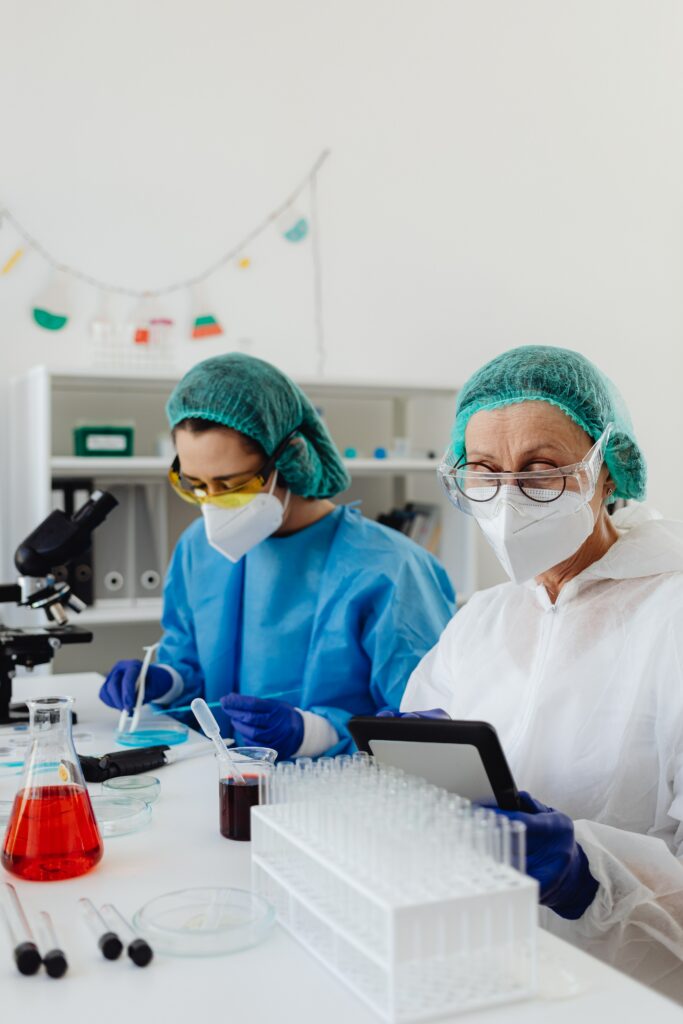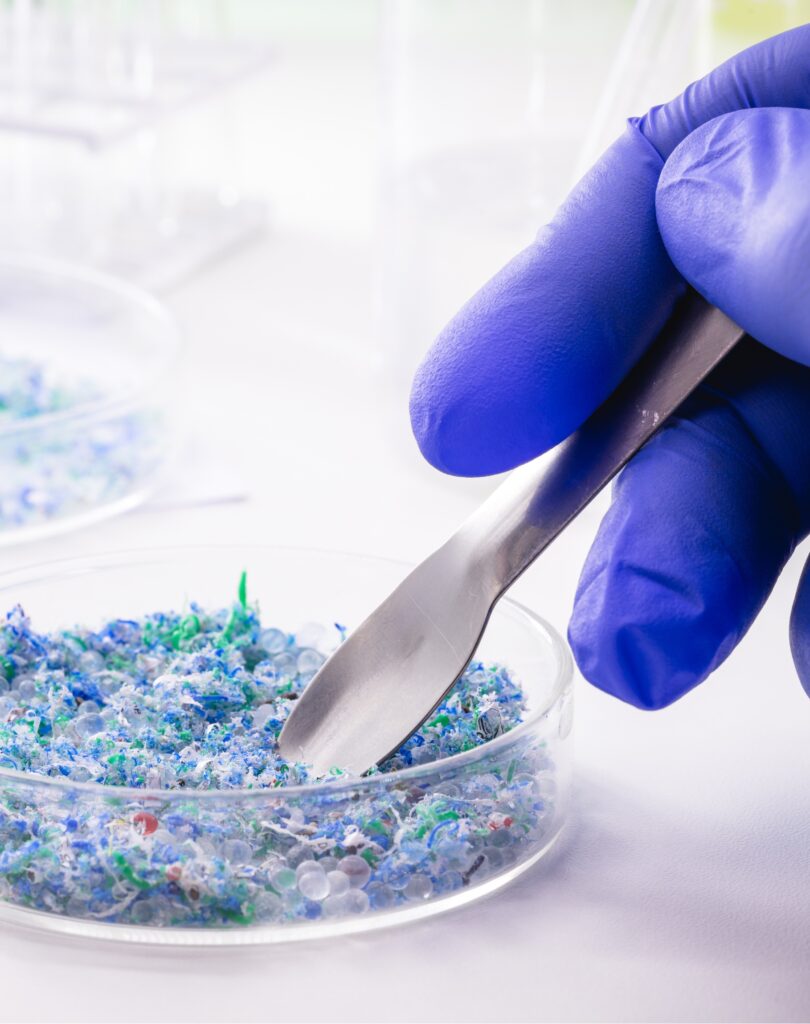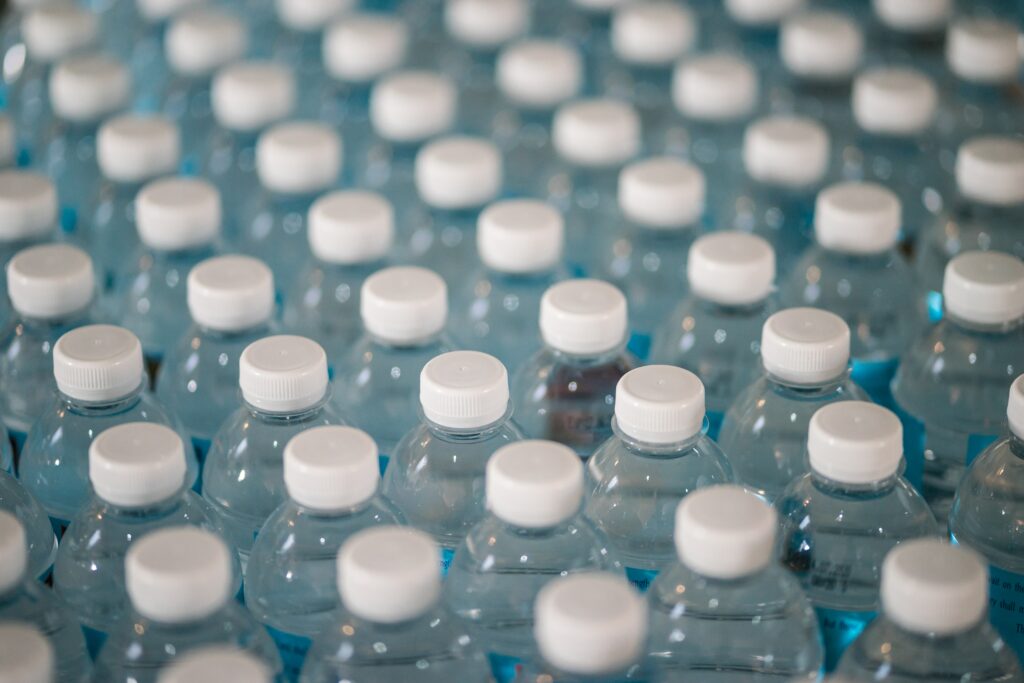
What is PLASTICE?
Earth has been experiencing a major environmental issue: oceans, forests, beaches and all natural habitats are affected by an abundance of plastic litter.
Humans have dumped rubbish into the ocean recklessly, and as the worldwide production of plastic grows rapidly, the amount of plastic that ends up in the ocean and other natural areas is certain to increase significantly. Light, oxygen, and water are the primary decomposers of plastics in the natural world. The issue is that normal degradation leaves nanoparticles and microparticles, which can still be dangerous to living beings. In a perfect world, all plastics would be recyclable, but that is not the situation at the moment.

Why PLASTICE?
To dramatically increase the amount of plastics being valorized into new feedstocks, innovative approaches beyond mechanical recycling must be devised.
By implementing cutting-edge technologies along the whole recycling value chain and by valorising plastics that are not being separated, the PLASTICE project will valorize a wide range of unsorted plastic and textile waste. By preserving the performance of the valorisation process against feedstock variations and by protecting the products’ quality for their subsequent usage in industrial applications, the goal is to close the loop.

Objectives
The overall objective of the PLASTICE project is to demonstrate innovative and sustainable routes to close the plastic production loop.
Three different routes for plastic valorisation will be developed and implemented in real demonstration sites, covering different types of post-consumer waste mixes and obtaining sustainable feedstock for the latter production of new plastics and other high-added-value products of industrial interest.
Route 1: microwave-assisted pyrolysis + hydrothermal liquefaction
Route 2: gasification + syngas conversion
Route 3: enzymatic hydrolysis and fermentation
More specifically, five goals that will enable the achievement of PLASTICE main objective have been identified:
- To develop and demonstrate new plastic valorisation processes able to treat unsortable streams of mixed plastic and textile waste
- To obtain products ready to be fed into downstream processes for the further production of polymers, closing the plastic production loop.
- To reduce the carbon footprint of current plastics chemical recycling processes between 61% and 82% compared to the current plastic recycling routes.
- To establish a roadmap for the implementation of PLASTICE solutions in other industrial realities and regions, tackling technical and non-technical (i.e. regulatory and standardization) barriers.
- To ensure successful exploitation and dissemination of the project, through a strategic and business-oriented commercialization plan, dedicated business models and key stakeholders’ engagement.

Expected impacts
PLASTICE ambition is to change the current paradigm of the plastic value chain to make it more integrated and circular, valorising waste products as a valuable asset for chemical industries.
Three big categories of impact are expected.
Scientific impact:
- New datasets and evidence about the technical feasibility of the recycling of mixed plastic and textiles streams. Influence of the process conditions on the recycling processes, product quality and environmental footprint.
- Reports, roadmaps and scientific papers.
Economic & Technological impact:
- Creation of a more sustainable, safe and competitive plastic value chain due to the upscaling and integration of greener and more efficient valorisation processes, smart and digital solutions.
- Effective design of new plastic products and processes that avoid the generation of unsortable fractions.
Societal impact:
- Reduction of plastic-related pollution and GHG emissions and accessibility to a higher portfolio of recycled plastics products.
- Creation of learning resources for workers upskilling in the plastic value chain

Expected outcomes
PLASTICE results will allow to tackle holistically the current challenges from the plastic industry and make an impact in all the steps of the value chain.
PLASTICE processes will decrease greenhouse gasses (GHG) emissions compared to current recycling processes. Also, there is a reduction in terms of GHG emissions because of the resources use optimization via the valorisation routes demonstrated. Our technologies avoid the GHG emissions derived from the oil processing for the traditional products replaced.
Expected outcomes of the project include:
- Reduction of landfilled material – waste resources
- Replacement of fossil feedstock
- Increased energy efficiency
- Increased economic benefit
- Smart and digitalised plastic value chains
- New knowledge about the recycling of mixed plastic streams
- Improved policies for plastic recycling
- Circular-by-design value chains

